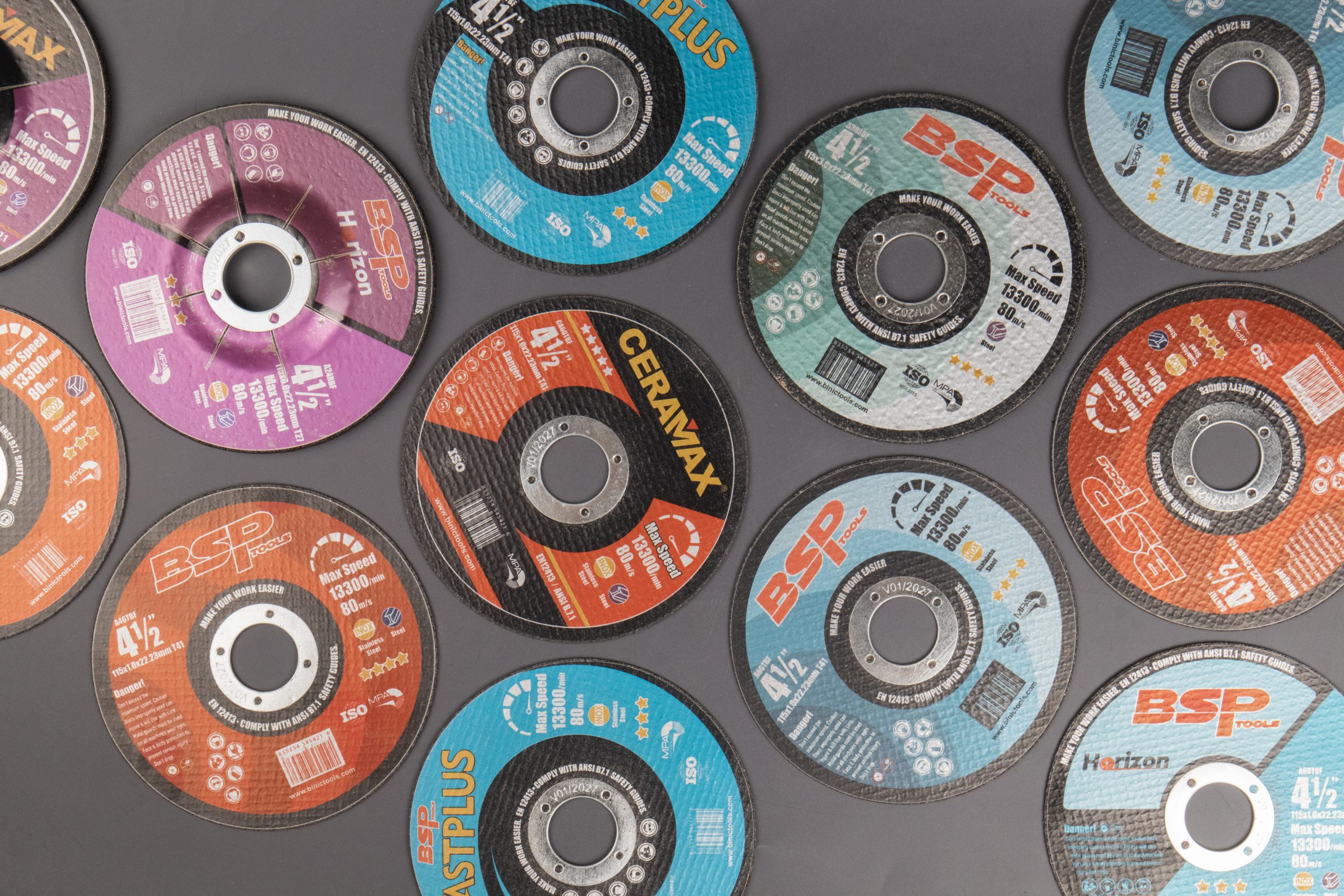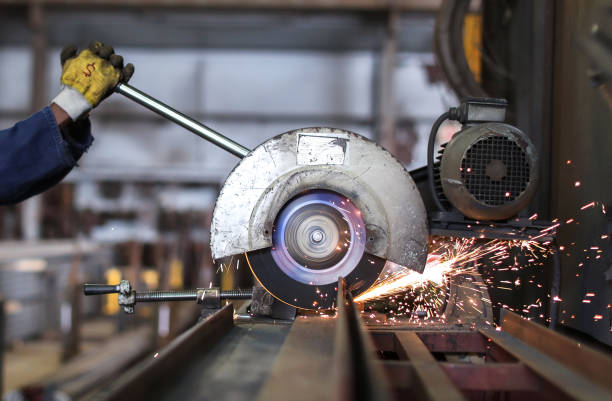Cut-off wheels, also known as cutting discs, are essential tools in various industries, especially in metalworking. They are used for slicing through different materials, and their efficiency largely depends on the material they are designed to cut. Aluminum, with its unique properties, requires a specific type of cut-off wheel for effective and safe cutting. This article delves into the characteristics of aluminum, the challenges of cutting it, and the best types of cut-off wheels for this purpose.
Understanding Aluminum and Its Cutting Challenges
Aluminum is a versatile and widely used metal known for its lightweight, high strength-to-weight ratio, and excellent corrosion resistance. However, these same properties pose challenges when cutting aluminum:
- Softness and Stickiness: Aluminum is relatively soft compared to other metals like steel. When cut, it tends to stick to the cutting tool, leading to a clogged and ineffective cut-off wheel.
- Heat Generation: Cutting aluminum generates significant heat. Since aluminum has high thermal conductivity, the heat can quickly spread, potentially causing the material to warp or the cutting tool to overheat.
- Burr Formation: Due to its ductility, aluminum often forms burrs (rough edges) during the cutting process, necessitating additional finishing steps.
Key Factors in Selecting Cut-Off Wheels for Aluminum
When choosing a cut-off wheel for aluminum, several factors should be considered to ensure optimal performance and safety:
- Abrasive Material: The abrasive material of the cut-off wheel is crucial. Aluminum oxide and zirconia alumina are common choices for cutting aluminum. These abrasives are designed to cut efficiently while minimizing clogging and heat generation.
- Bond Type:The bond type holds the abrasive grains together. For aluminum, a softer bond is preferred as it allows for the release of worn-out grains, preventing clogging and maintaining a sharp cutting surface.
- Wheel Thickness: Thinner wheels are generally better for aluminum as they reduce the cutting force required and minimize heat generation. However, the thickness should still be appropriate for the specific cutting task to ensure stability and precision.
- Reinforcement:Reinforced wheels provide additional safety and durability, especially for high-speed cutting applications. They are embedded with fiberglass mesh to prevent breakage and improve performance.
Types of Cut-Off Wheels for Aluminum
- Aluminum Oxide Cut-Off Wheels: These are among the most common and cost-effective choices for cutting aluminum. Aluminum oxide wheels are durable and provide a good balance between cutting speed and wheel life. They are especially effective for general-purpose cutting tasks.
- Zirconia Alumina Cut-Off Wheels: Zirconia alumina wheels are more expensive than aluminum oxide wheels but offer superior performance in terms of durability and cutting efficiency. They are ideal for high-intensity cutting operations and can handle tougher aluminum alloys.
- Ceramic Alumina Cut-Off Wheels: Although less common for aluminum, ceramic alumina wheels are used for their high cutting speed and extended wheel life. They are suitable for specialized applications where maximum efficiency is required.
- Diamond Cut-Off Wheels:Diamond wheels are not typically used for aluminum due to their high cost and the material’s softness. However, they can be employed for precise, intricate cutting tasks where a fine finish is essential.
Best Practices for Cutting Aluminum with Cut-Off Wheels
Proper Tool Setup: Ensure the cut-off wheel is securely mounted on the tool, and the tool itself is in good working condition. Proper alignment and stability are crucial for a clean cut.
- Speed Control:Maintain the recommended operating speed for the cut-off wheel. Excessive speed can lead to overheating and wheel breakage, while too slow a speed can cause clogging and inefficient cutting.
- Cooling Methods:Use cooling methods such as water or cutting fluids to dissipate heat and reduce the risk of warping and wheel clogging. Cooling also helps in extending the life of the cut-off wheel.
- Cutting Technique: Apply consistent, moderate pressure while cutting. Avoid forcing the wheel through the material, as this can lead to excessive heat and poor-quality cuts. Allow the abrasive grains to do the work.
- Safety Precautions:Always wear appropriate personal protective equipment (PPE) such as safety glasses, gloves, and hearing protection. Ensure the work area is well-ventilated and free from flammable materials.
Case Study: Choosing the Right Wheel for Industrial Aluminum Cutting
Consider an industrial setting where large quantities of aluminum sheets are cut daily for manufacturing automotive parts. The chosen cut-off wheel needs to balance speed, durability, and cost-effectiveness.
- Assessment:The primary requirements are high cutting speed, minimal downtime for wheel changes, and a clean cut to reduce post-processing.
- Selection:A zirconia alumina cut-off wheel is selected for its durability and efficiency. It offers longer wheel life, reducing the frequency of wheel changes and ensuring consistent performance over time.
- Implementation: The cut-off wheels are used with water-based cooling to manage heat generation. The operators are trained to maintain proper cutting techniques, ensuring the wheels last longer and produce high-quality cuts.
- Outcome: The switch to zirconia alumina wheels results in a 20% increase in cutting speed and a 30% reduction in wheel consumption, leading to significant cost savings and improved productivity.
Conclusion
Selecting the right cut-off wheel for aluminum is essential for achieving efficient, safe, and high-quality cuts. By understanding the unique properties of aluminum and the characteristics of different cut-off wheels, users can make informed choices that enhance their cutting operations. Whether for industrial applications or smaller-scale projects, the proper cut-off wheel can make a significant difference in performance and results. Always consider factors such as abrasive material, bond type, wheel thickness, and reinforcement when selecting a cut-off wheel, and follow best practices for tool setup, speed control, cooling, and safety to maximize efficiency and safety in cutting aluminum.


